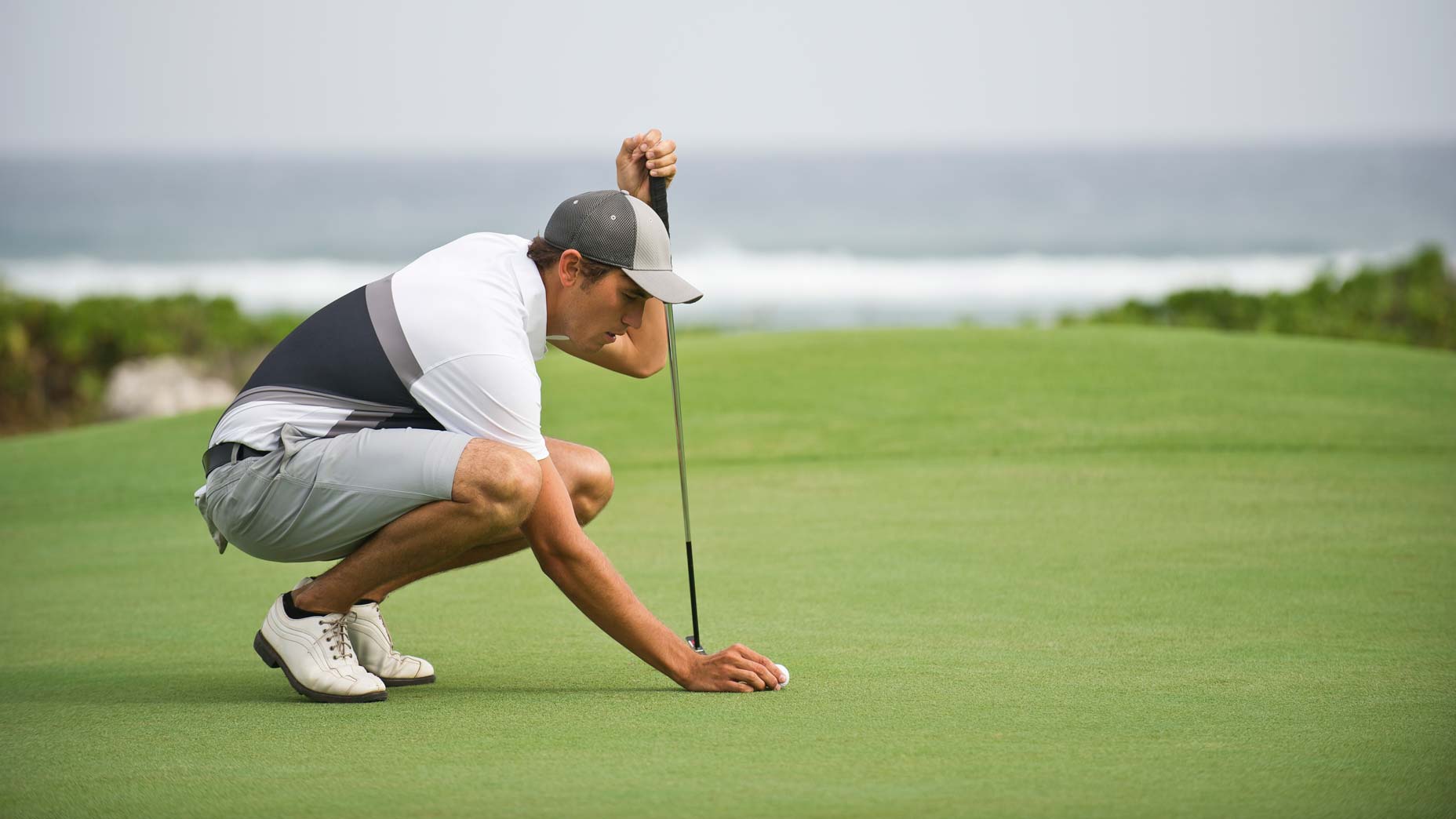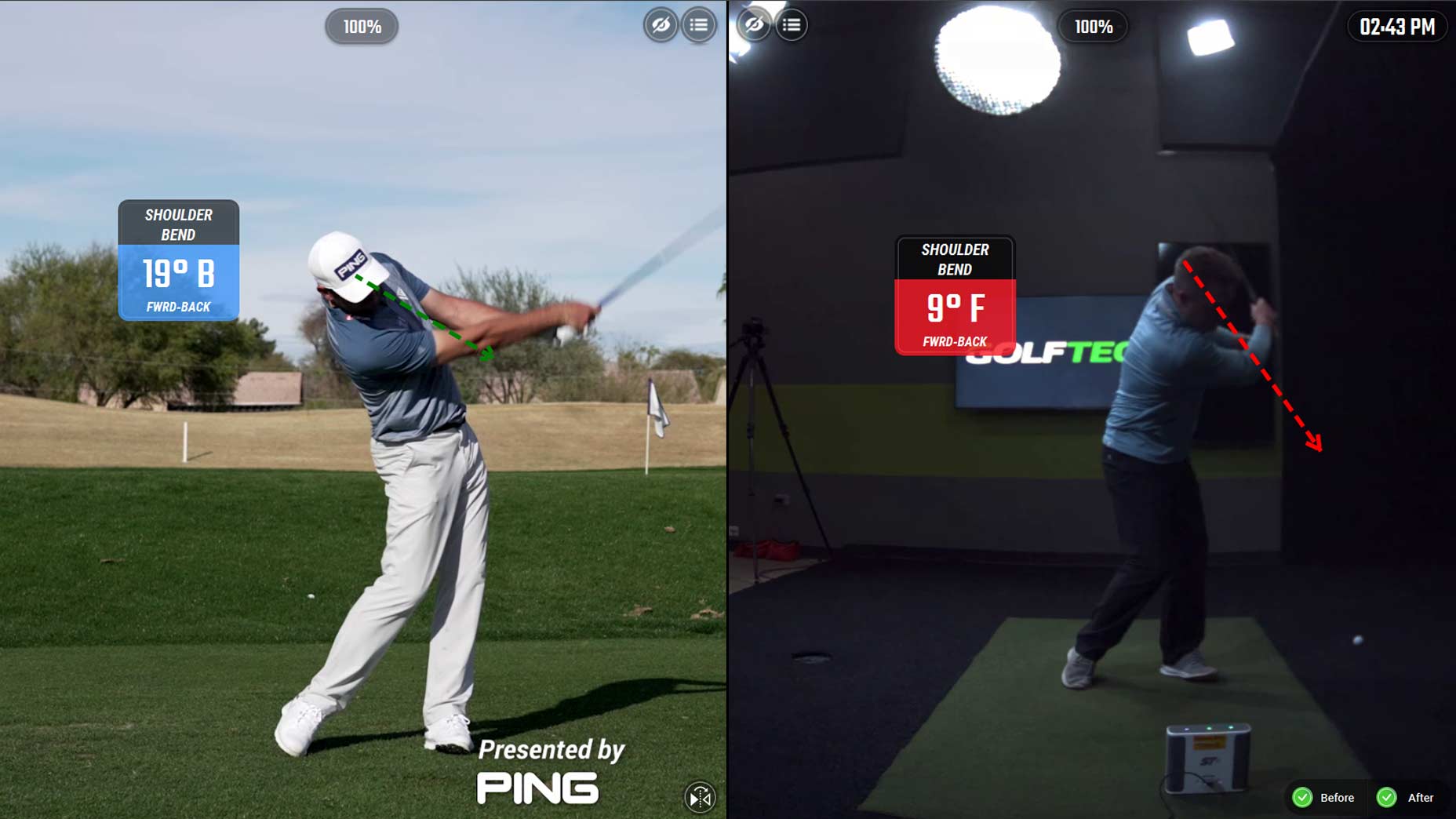With golf season in full swing, it’s time to get your game in mid-season form. To help with that, we’ve put together a list of simple tips from Top 100 Teachers, PGA Tour players and social media’s instruction stars to help you play your best. Here are 19 simple tips every mid-handicap player must know.
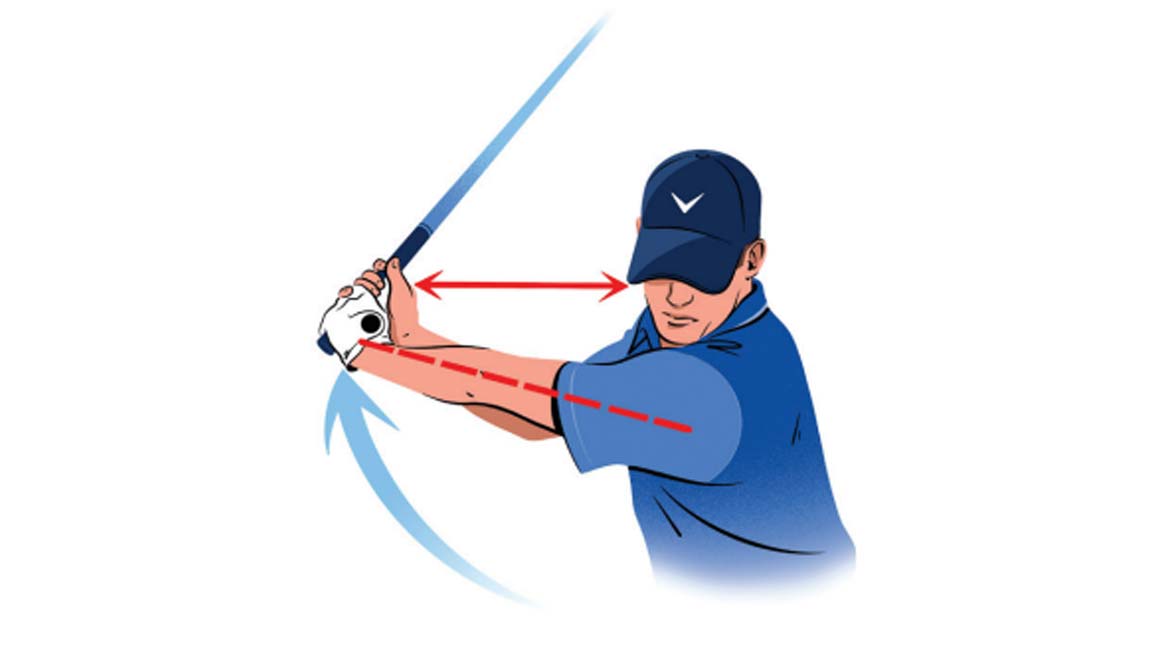
1. Give your backswing a power boost
As you start the club back, make it a goal to get your hands as far away from your right ear as possible and maintain that width all the way to the top of your backswing. A wider swing arc automatically fuels a faster downswing and eliminates the chopping action that causes pop-up drives and slices.
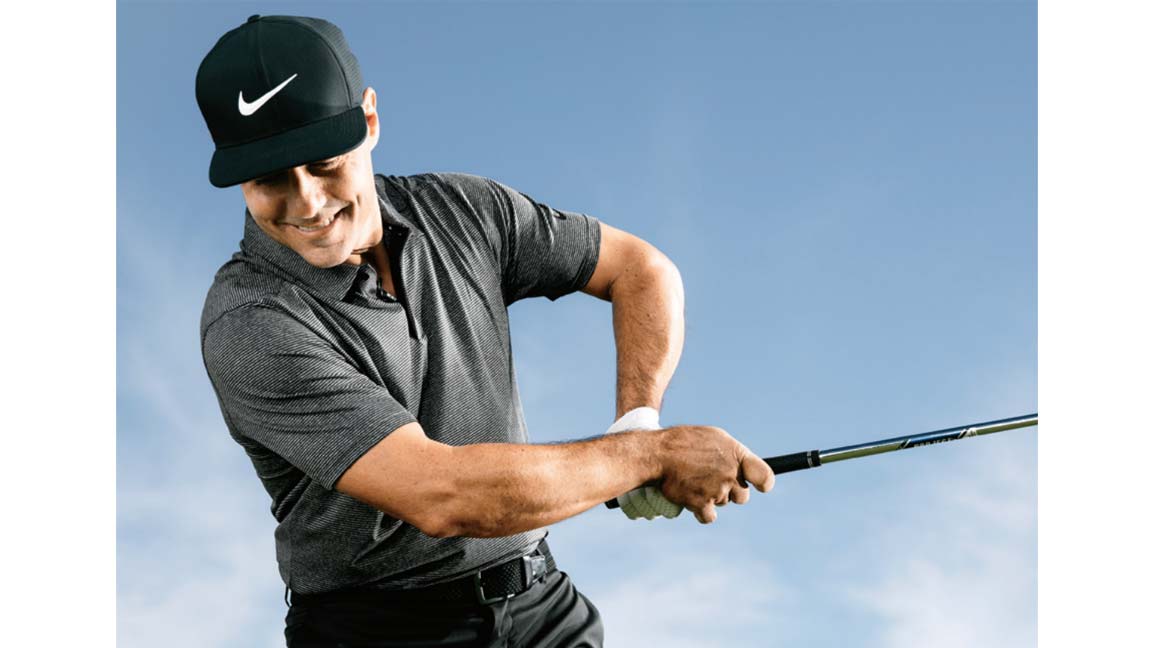
2. One key to consistency
Maintaining good arm structure throughout your swing is a major consistency key. Without it, you’re toast. It’s common to lose that structure by allowing your elbows to separate post-impact, or “chicken wing” (above). The fix? Wedge an object (a headcover or a softball will do) between your forearms at setup and keep it there as you swing. This will help you maintain the correct relationship between your arms and give proper shape and consistency to your swing. —Martin Chuck
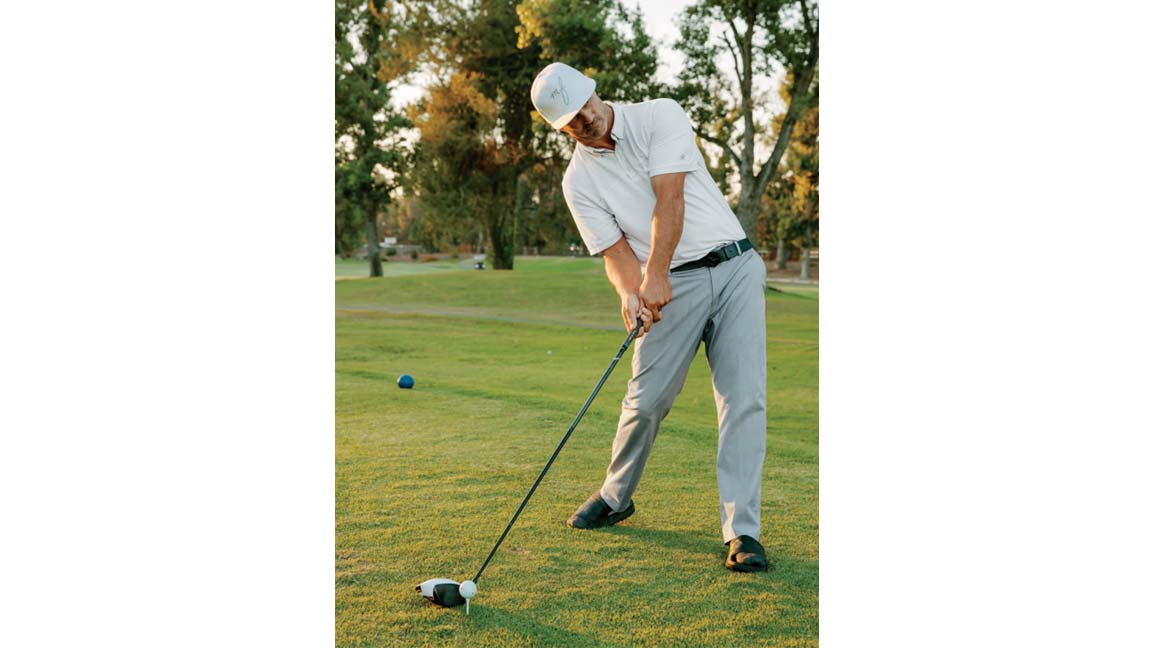
3. Torque and turn
Need a power boost? From the top, move your left side low and around your body, letting your knees separate in the process. Even better, feel like you’re squatting. Pushing into a squat and pulling out of the ground like this helps clear your entire body and generates more speed. The ball won’t know what hit it. —George Gankas
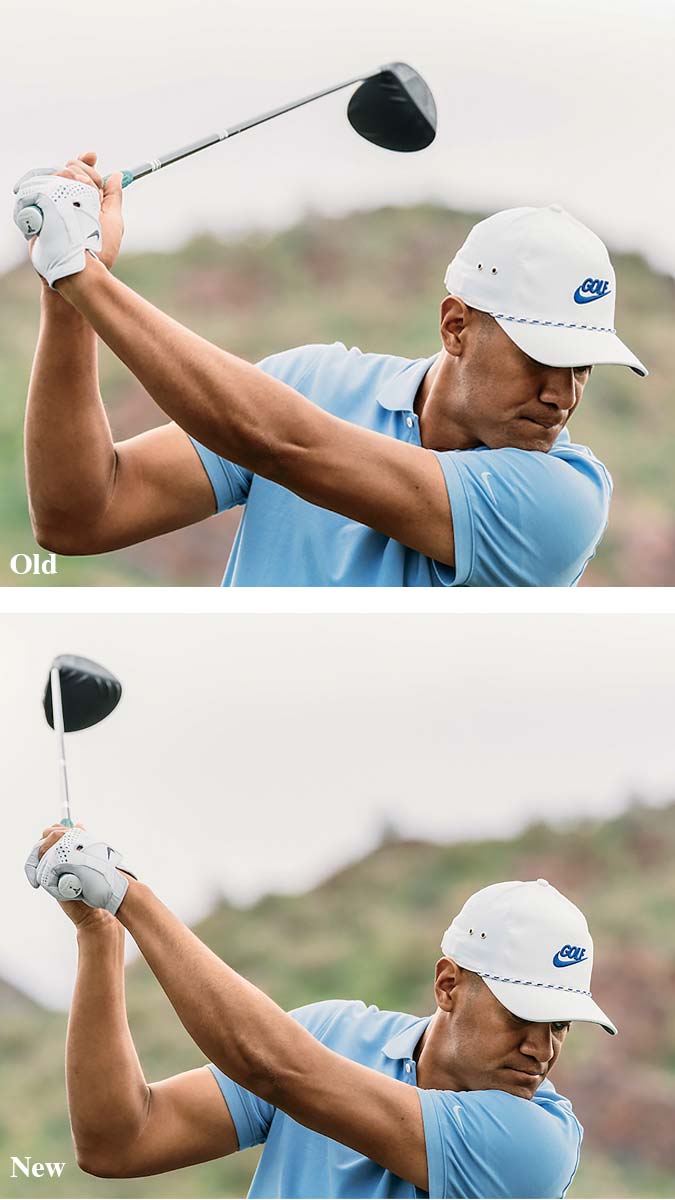
4. The Finau slice fix
When I first came up on Tour, I often played a 40-yard slice. I didn’t have a choice — I played what I had. The culprit? A weak grip, which caused me to roll the club on the takeaway, leaving the face wide open at the top. With my coach Boyd Summerhays, I worked on getting the face more square at the top by keeping my left wrist more flexed and less cupped. It turned my big slice into a baby fade. —Tony Finau
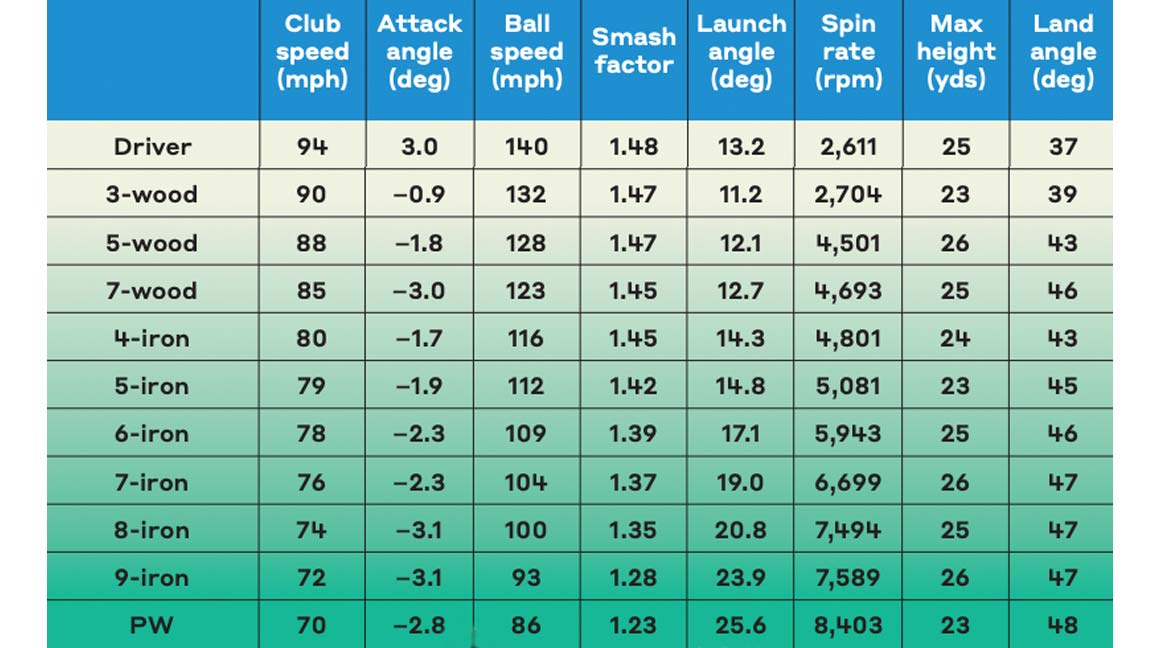
5. Optimal distance? Learn from the ladies.
Fact: Most weekend golfers’ swing speeds align more with those of LPGA Tour players than PGA Tour players. Spend a little more time studying the ladies’ Trackman data. Above is optimal launch for every club in the bag. Match these and you have a better chance at maxing out distance.
Data source: Trackman

6. Two-second takeaway check
Something I always work on is keeping the clubhead in front of my hands on the takeaway. If it gets too inside, my swing goes kaput. I’ll hit big blocks or hooks. That’s why my dad, who’s also my coach, helped me develop a preswing backswing checkpoint. It’s pretty simple: Get into your address position, then start the club back. Stop when the club shaft reaches parallel to the ground. Look back and check that the clubhead is in line with your hands. Think of it as your own personal waggle. It’ll help keep your swing right where you want it. —Justin Thomas

7. Know your shot shape and visualize it
When it comes to hitting it long off the tee, I always go with my normal shot shape. When I’m driving the ball well, I play a slight draw, so no matter what the conditions I’ll always stick with that natural shape. When I veer off from that mindset, I start missing it both ways and we know how the two-way miss can cripple even the best drivers in the world. I’ll pick a small target where I’d like my ball to end up and try to visualize my shot shape — seeing a slight draw — and go with it.
I think getting off the tee is the hardest part of the game for recreational golfers. I’ve seen many weekenders fight their natural shot shape. I have a friend whose ball flight is a big cut. He aims down the middle of the fairway every time and he’ll drive the ball into the right rough or woods. I finally said to him, “Why don’t you just play the cut? Aim up the left side of the fairway and hit your normal shot.” He started doing that and immediately was hitting more fairways.
Know your shape. Then visualize it and own it. Easy. —Cam Champ

8. Rotate everything at the top
I’ve played in dozens of pro-ams over my career and one common mistake I see amateurs make is that they forget about their lower body. They’ll make a big turn with their upper body but keep their lower body still. I like to make a complete body turn. I know all golfers may not be as flexible as I am, but even the most inflexible player can make a turn to some extent. Use your hips, legs and shoulders. Make a full turn, or as full as you can, before starting your downswing. —Cam Champ
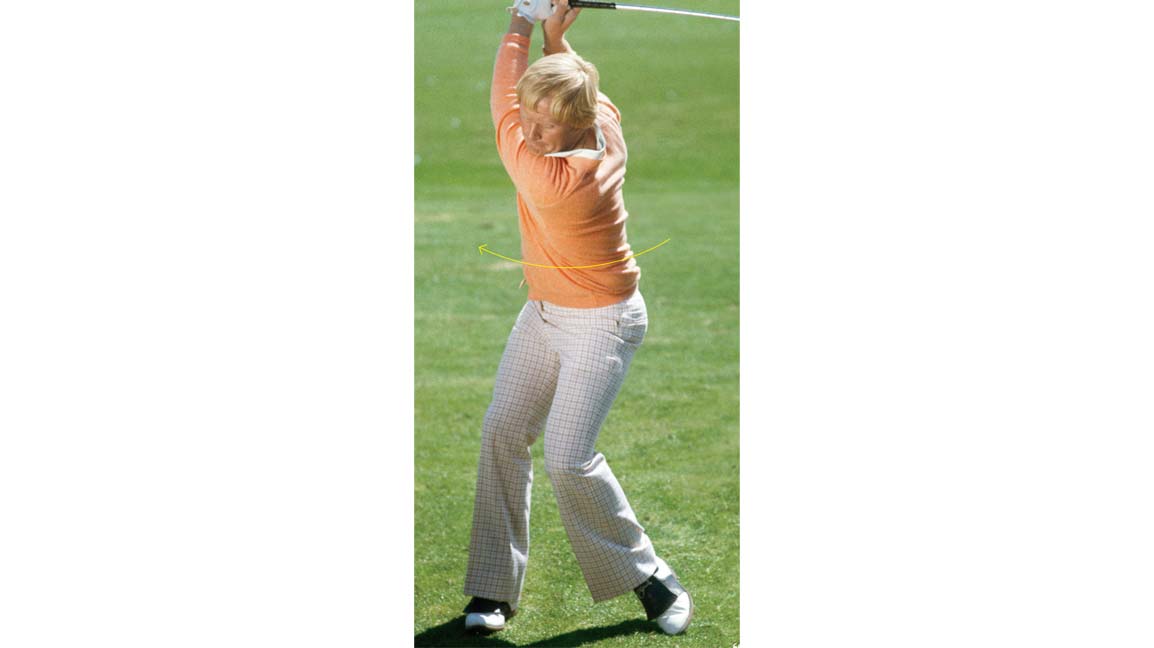
9. “Load” your right side for power
If you’re curious how Jack Nicklaus became the most dominant driver of his generation, this is it! He has rotated deep around his right hip and loaded max pressure into his trail side for a huge turn. (His left foot is mostly for balance.) It’s a full-body, athletic windup that ends up positioning his entire body behind the ball as he reaches the top. Lesson: Don’t cheat your backswing. The wider and fuller you make it, the faster you’ll swing.
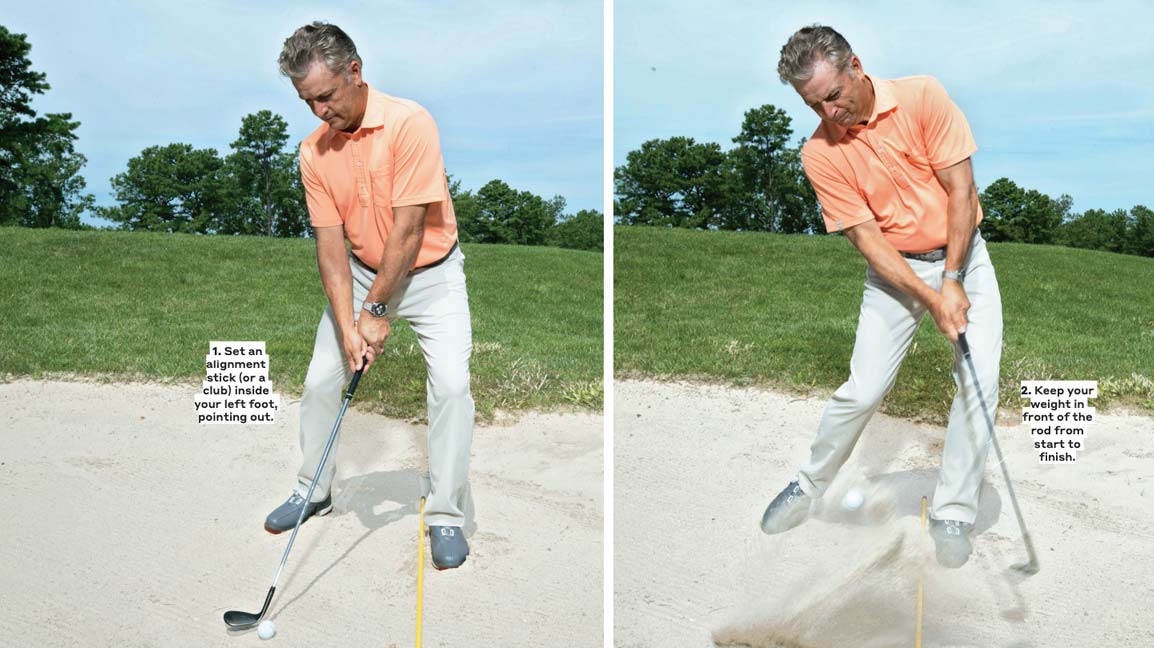
10. Secret to soft bunker shots
When you’re faced with a short bunker shot and need the ball to land softly, you need to adjust your stance. At practice, place a club or an alignment stick just inside your lead heel. Take your stance and open the clubface. When you make your swing, be cognizant of the stick beneath you, and make sure to keep your weight in front of the stick (i.e., over your left side) from start to finish. Naturally, it’ll help you create the proper descending blow into the sand for high, soft shots. —Bernie Najar
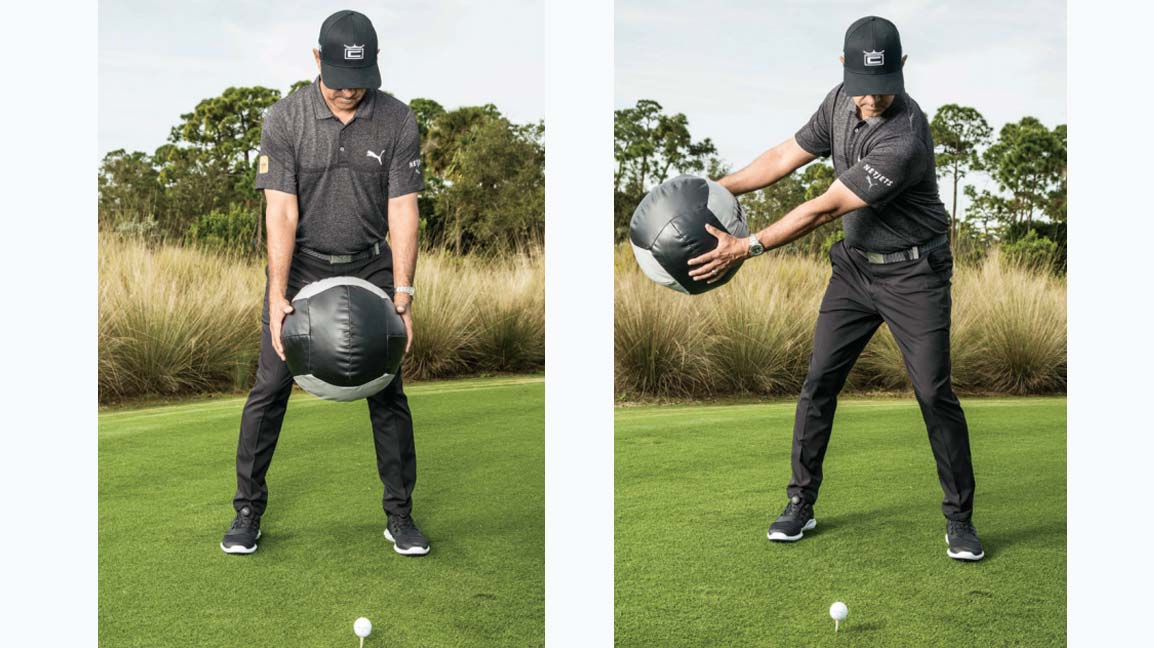
11. Practice a power coil
From the top, most golfers are looking to “fire the gun.” Unfortunately, they haven’t even loaded it yet. Loading happens before you reach the top, and you have to turn to load. To get it right, hold a medicine ball in front of you while in your golf stance. Swing the ball halfway back, feeling your right hip load and your lead shoulder turning under your chin. Hold this coil for a few seconds, then release. Bring the same feels to the course and you’ll pound it. —Claude Harmon III
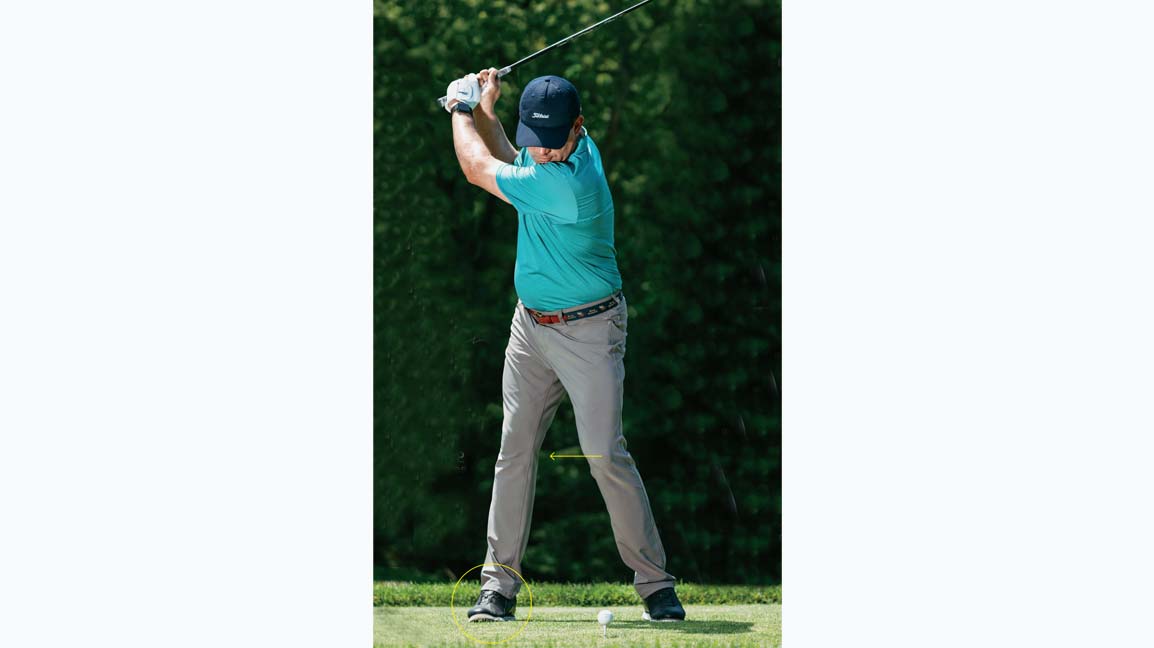
12. The secret to a power shoulder turn
If you’re like a lot of amateurs, you tend to slap at your drive with your hands and arms, instead of using the big muscles of your upper body. The result is a power-sapping slice. More shoulder turn is what you’re after, and that’s something you can get with a few small tweaks. At address, draw your right foot (if you’re a righty) two to three inches back, perpendicular to your target line, while flaring the toes of that same foot slightly outward. This will allow your hips to turn more freely, which will help your shoulders turn more freely, too. In your backswing, let your left knee move laterally toward your right knee. You can even let your left heel come off the ground. Taken together, these modest changes will help your left shoulder move farther behind the ball — just the coil you need for longer, straighter drives. —Kevin Sprecher
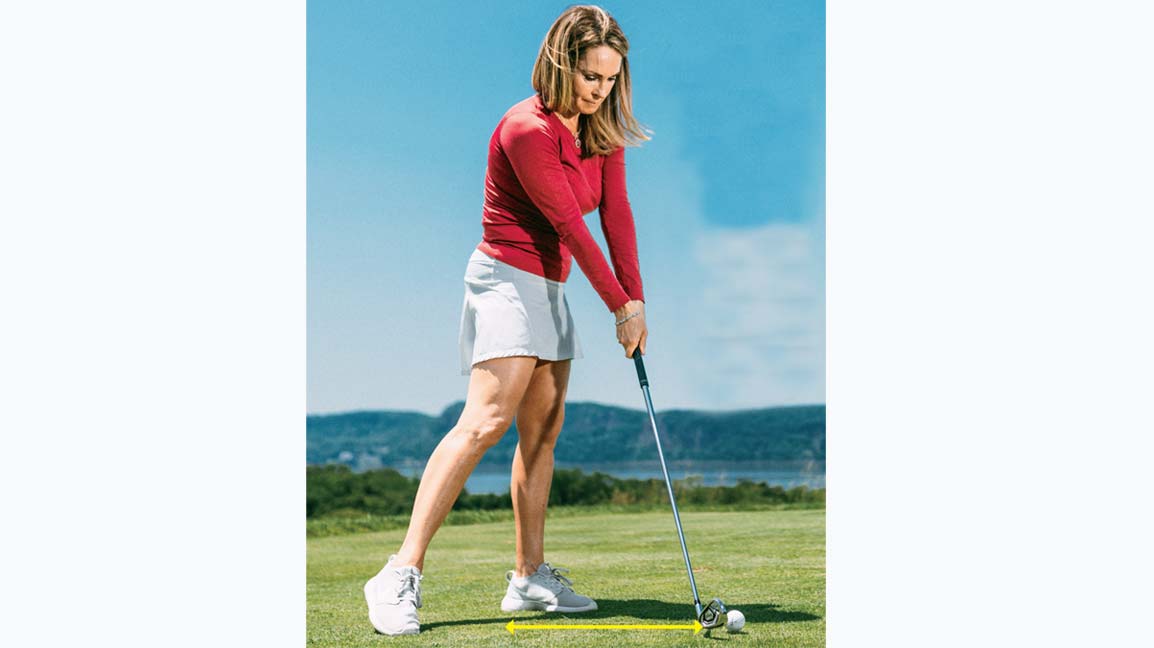
13. Step up to knock your approach shots closer
It’s hard to hit your irons near the flag if you’re standing too far from the ball. But that’s what a lot of amateurs do. They’re reaching at address, badly off balance, with little chance of catching it flush. To set up properly, hold the club with your arms hanging straight down and the ball so close to you that you feel crowded. Then step back slowly in small increments, just until you have enough room to swing. You should feel evenly balanced heel to toe. Your weight should also be distributed 60-40 between your front and back leg to help you stay more centered during your swing. Now you’re ready to catch it pure. —Debbie Doniger
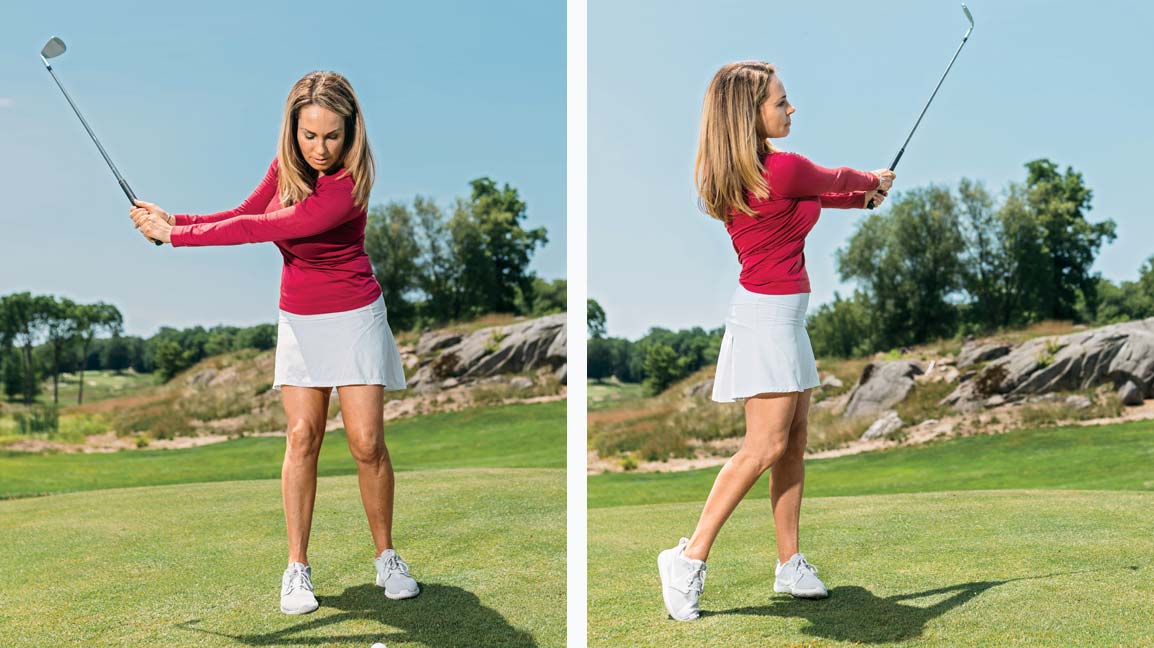
14. Make a full rotation to pure your short shots
From 60 yards and in, you may be hitting a half wedge. But you shouldn’t be hitting it half-heartedly. On these shots, a lot of amateurs grip the club too loosely and flip at the ball with their wrists. It’s an erratic technique that allows the clubface to twist unpredictably at impact— all the more so on shots played from the rough. Though you don’t need a stranglehold on the club, a slightly firmer grip will create more consistent con – tact. You should be holding the club securely enough that no one could pull it easily from your hands. Similarly, keep your wrists firm on your takeaway, rather than breaking them quickly, and turn your chest and shoulders with your arms. It’s a short shot, but you still need to rotate through it, finishing with your belt buckle pointing toward the target and your arms extended in a mirror of your backswing. —Debbie Doniger
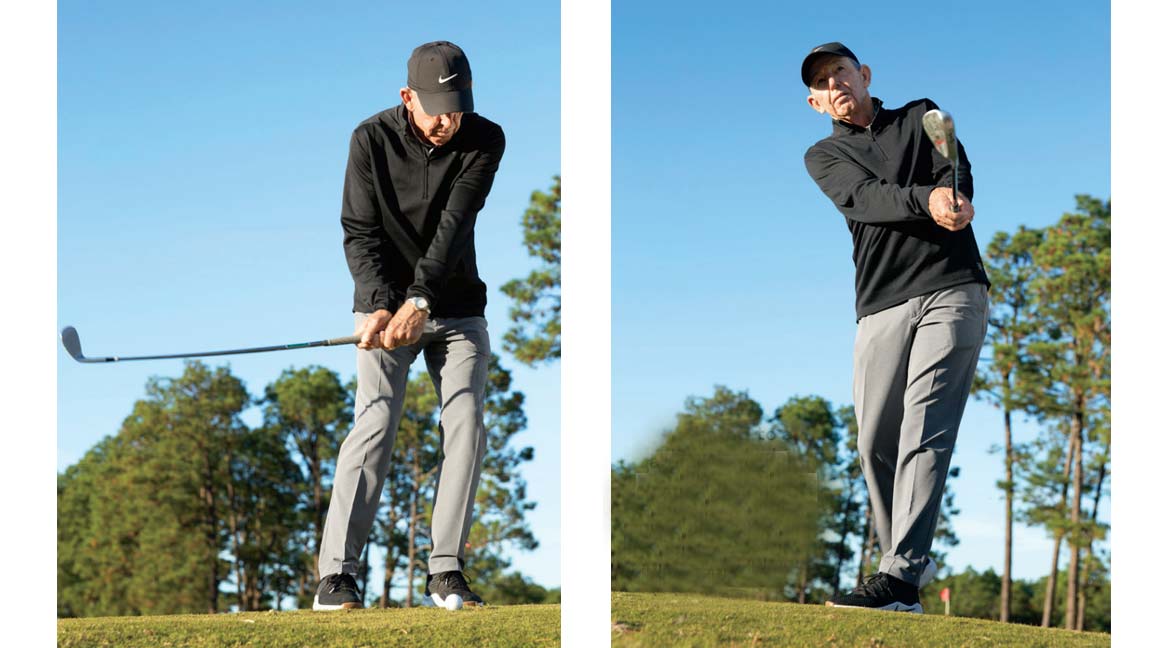
15. Punch with precision
To hit a successful punch shot around the green, you must limit overusing your hands and wrists and focus more on rotating fully through the ball. On the backswing, keep your hands in front of the clubhead and your arms in front of your chest. On the way through, simply turn into an abbreviated finish. There’s no need to “snap” the clubhead or release it at the ball. It’s called a punch shot, but it’s anything but a “jab.” —Chuck Cook
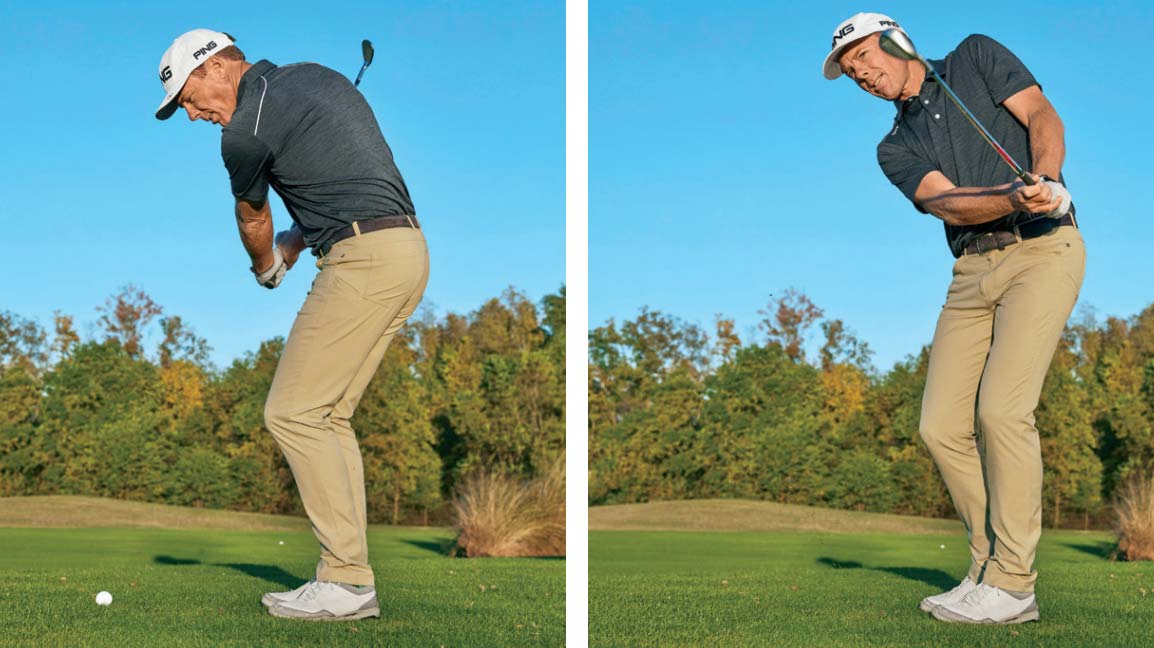
16. A foolproof plan for solid chips
Perfect chips happen when you put a good, solid strike on the ball. Here’s how to do it: At address, set your feet about a clubhead’s width apart, which will make it easy to keep your weight on your front foot (at least 70 percent). After completing your backswing, think “rotate and rise.” Simply turn your torso and release the club upward. Good basics like this never go out of style. —Andrew Rice
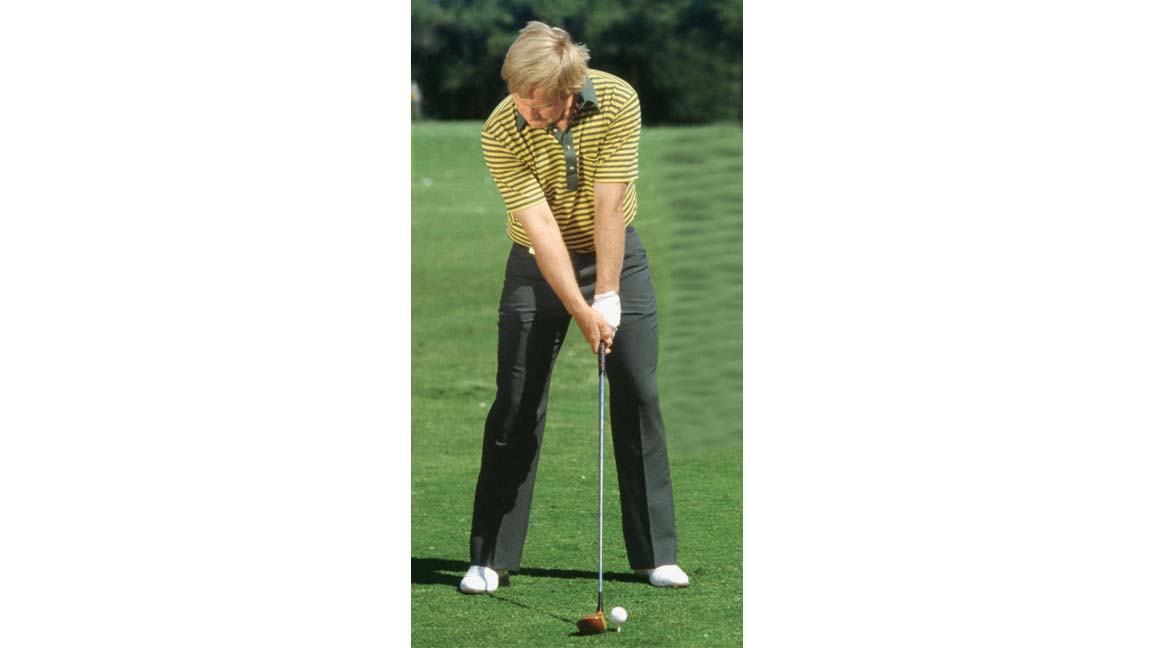
17. Set up for a strong takeaway
Notice Nicklaus’ ball position: It’s opposite the inside of his left heel, and he’s tilted his upper body away from the target slightly. With a higher center of gravity driver (CGs are much lower today), Jack knew he needed to “trap” the ball more to create optimal spin and launch, instead of hitting up on it like current-day pros. Copy the straight line established by the shaft and his lead arm. It’s an easy way to activate your hands, arms and club for a smooth, power-rich takeaway. —Joe Plecker
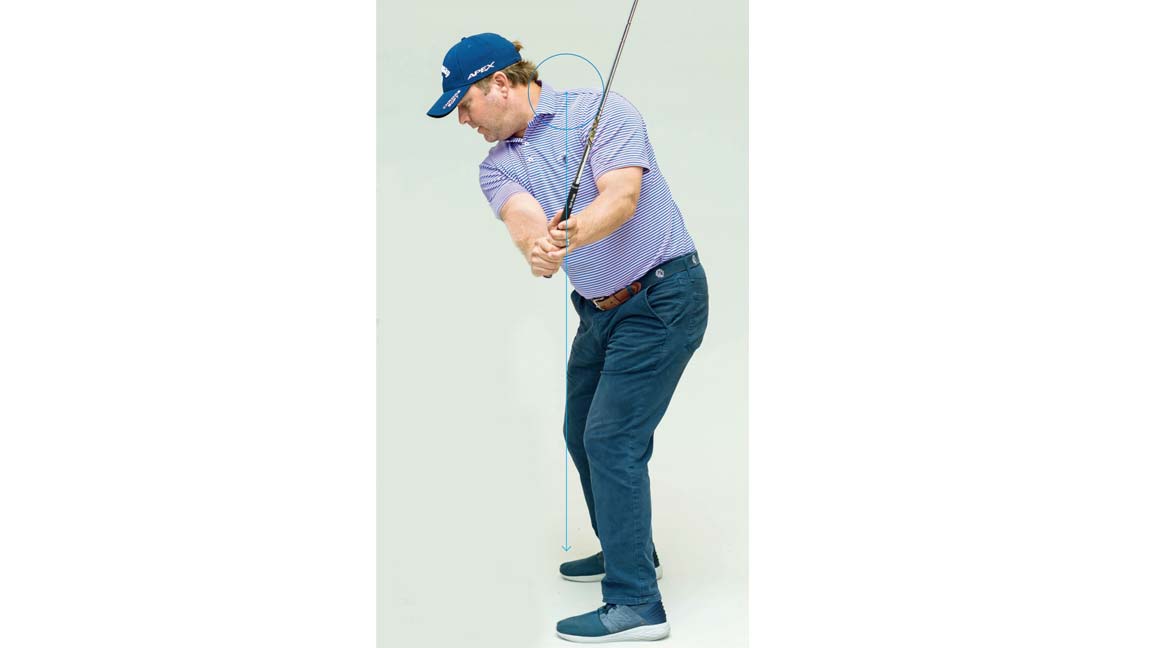
18. A simple move for perfect balance
Your body’s primary job is to establish balance so you don’t fall down or get hurt when you move. Where your swing is concerned, common errors such as early extension are nothing more than the result of a loss of balance or a means to adjust for poor address alignment. Here’s an easy fix: Set up in a balanced posture where the top of your spine is directly over the balls of your feet. From this position it’s a lot easier to swing in balance. Your ball flight and control will thank you. —John Tillery
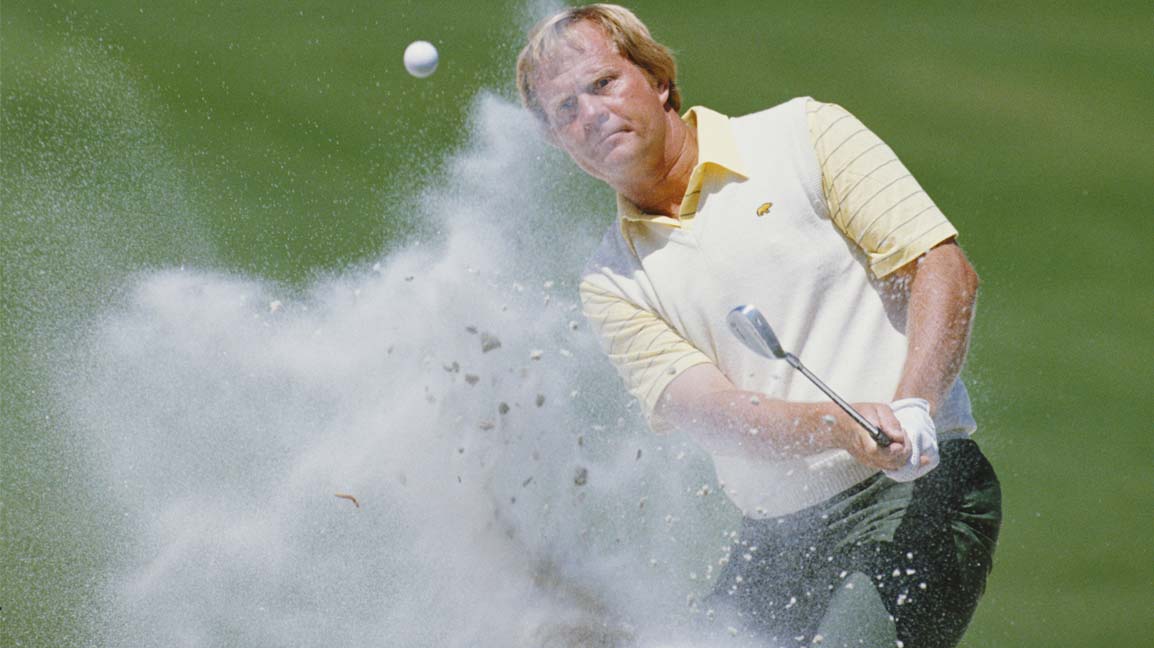
19. Let the club do the work in sand
Jack Nicklaus was a master bunker player. One of the things that made him great was his ability to exploit the bounce angle on his wedges so that the club would glide smoothly through the sand instead of dig into it. He did it by positioning the ball in line with the instep of his front foot, weakening his hold (called a “finesse grip”) and allowing the clubface to open. With this arrangement, he simply let the “club do the work” once it impacted the sand. He often said, “Don’t let the handle swing past your hands until the clubhead releases.” On shots that needed height and a soft landing, he’d simply increase his wrist hinge. Classic, brilliant stuff. —Kellie Stenzel
